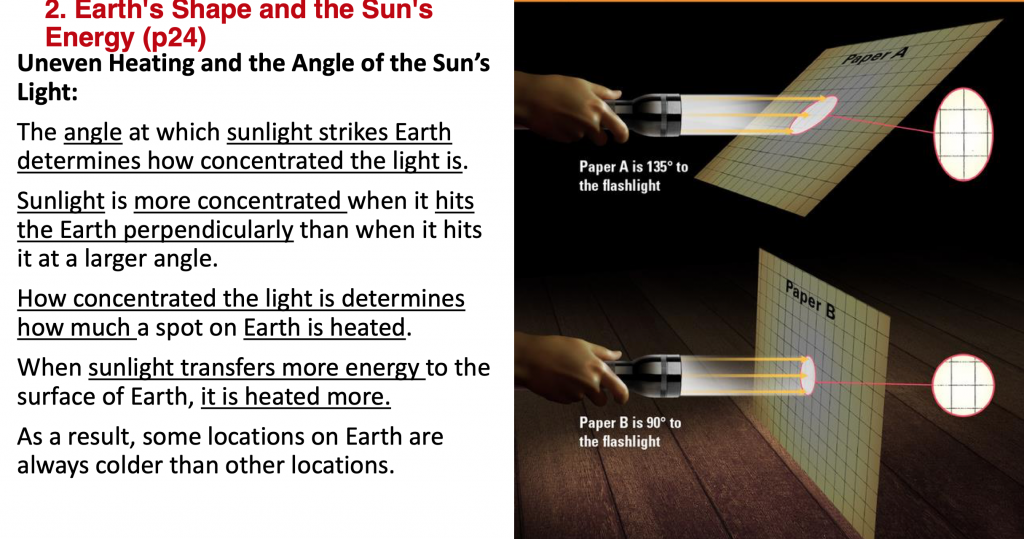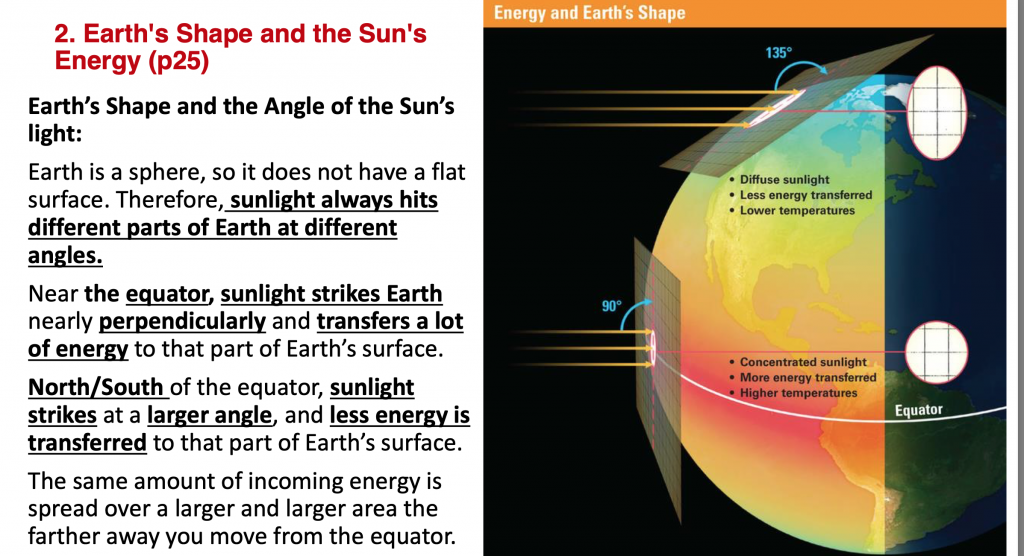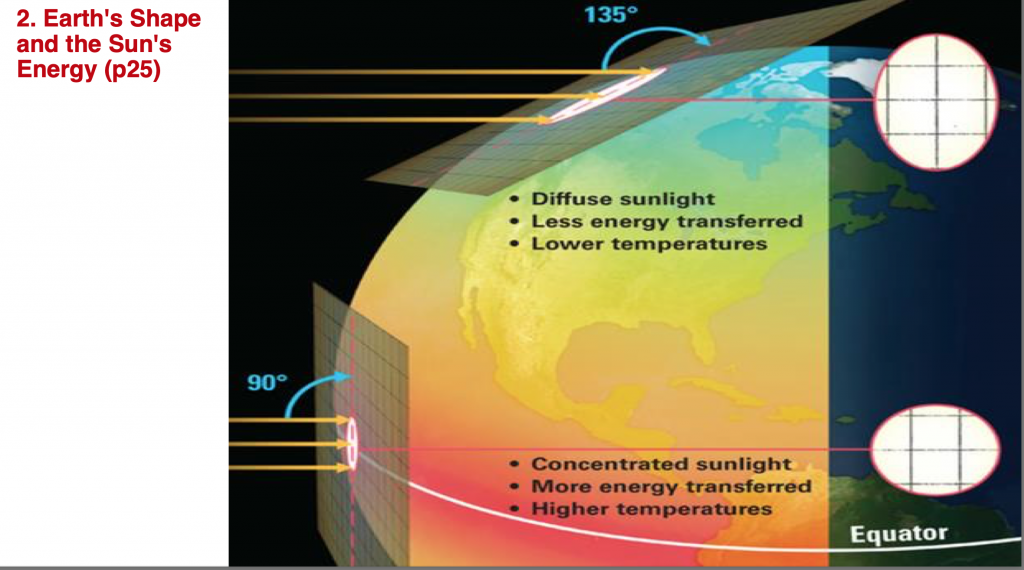Unit 4: Space_Labs & Activities
-
Three of the following labs/activities must be included in your Space Portfolio.
- You will learn over 10 scientific principles that will guide and expand your understanding of the big bang theory/expansion of the universe/tools of the astronomer
- You must use the Space lab writing framework to write your lab conclusions.
STUDENT COPY OF LAB SHEET
Lab #1:
What do you know about the universe?
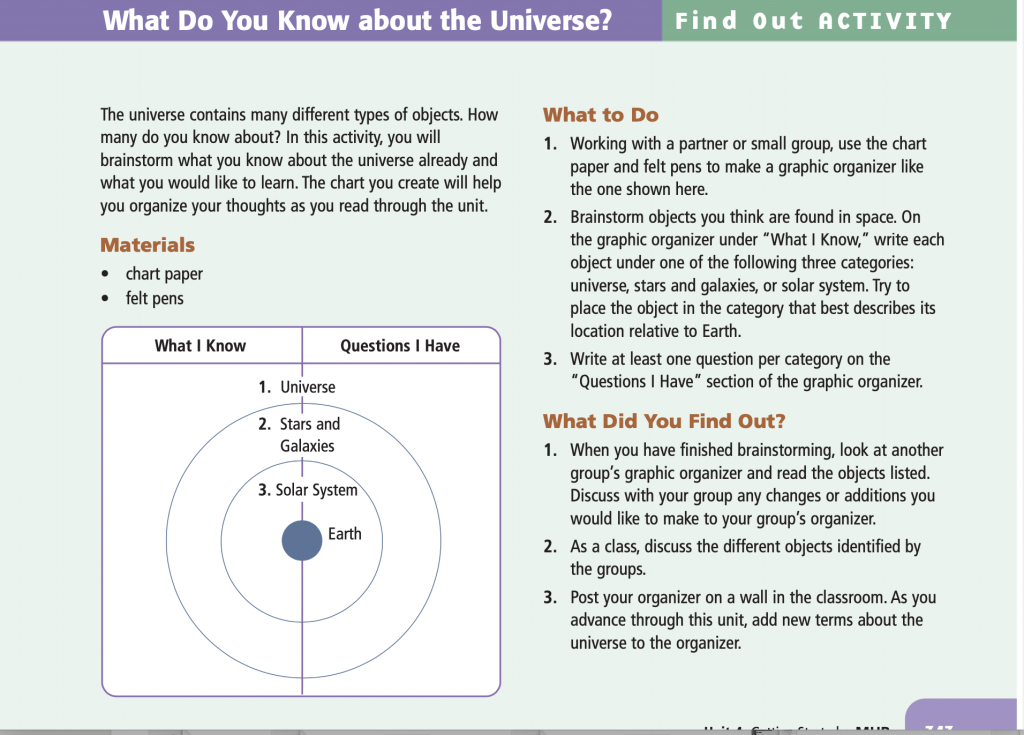
Links to explore to learn more about the universe:
Link #1:
LINKS TO LEARNING:
Textbook: Science 10 Space (Rockwell and Desonie)
Lab #1A:
 Loading...
Loading...
 Loading...
Loading...
Use the following links to complete the “Canadians In space Assignment”
Assignment #1: Canadians in Space_Canadian Space Agency
Use the following links to help you to answer the questions in the assignment:
Question #1:Canadian Space Agency_Astronauts Link
Question #5: Canadian Space Agency _ Human Space mission
International Space Station_About
Canadian space robotics
Assignment #2: Visual Presentation_ Inquiry in Space
Please follow the criteria set out on the Universe_free_inquiry_project
 Loading...
Loading...
 Loading...
Loading...
Follow the CRITERIA on the assignment sheet as you design and build your diorama:
Cern Diorama:
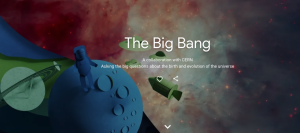
Dioramas made with Peeps:
Museum_Dioramas: Learn More about the history of this display & Learning Technique
Lab #2:
Lab 10-1B: “The Universe in a Spoonful of Sand”
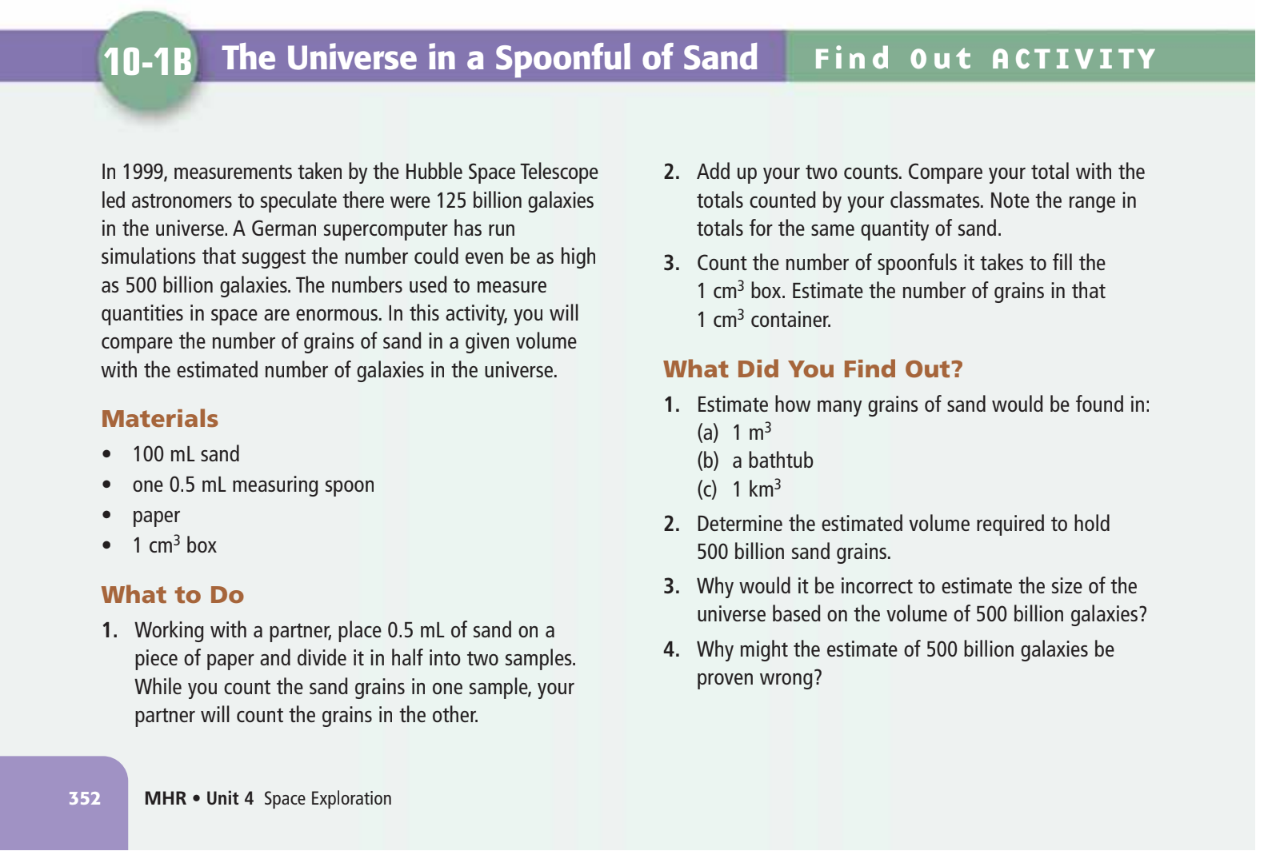
After completing the lab watch the following video to learn more about the science principle being investigated in the lab.
Video #2: Scaling the Universe
Lab #3:
Lab 10-1C: “Investigating the Relative Motion of Galaxies in the Expanding Universe”
 Loading...
Loading...
 Loading...
Loading...
Lab #4:
Lab 10-2A: Matter In Motion – classifying galaxy shapes
Need help with your reasoning – read & consider the following:
MATTER IN MOTION SPACE ACTIVITY:
A galaxy is a huge assemblage of stars, planets, nebulae, gas, and dust. Objects within a galaxy are bound by gravity and orbit around a common center of mass. It is estimated that there are probably more than 170 billion galaxies in the observable universe.
Most galaxies are believed to have supermassive black holes at their center around which everything rotates. Our Galaxy, the Milky Way, is thought to have a supermassive black hole at the center with a mass of four million times the Sun – we will come back to this a bit later.
The space between galaxies is known as ‘intergalactic space’ and is very sparse, with less than one atom per cubic meter.
Galaxy shapes are typically divided into elliptical, spiral or irregular.
The shape of a galaxy gives a clue to the age and types of star within the galaxy.
Spiral galaxies have a central bulge of stars surrounded by a disk that contains ‘arms’ which form a spiral structure. Stars in the bulge of a spiral galaxy tend to be older and redder than the rest.
There’s also a much fainter, roughly spherical stellar halo encompassing the disc. An example of a spiral galaxy is one of our nearest neighbors, the Andromeda Galaxy.
Barred spiral galaxies are spiral galaxies with a bar of stars across the middle of the galaxy. The Milky Way is thought to be a barred spiral galaxy.
Elliptical galaxies don’t show any structure, but have a smooth ellipsoidal shape, appearing as large spherical or elliptical balls of stars.
Irregular galaxies are those with no defined shape. Many irregular galaxies probably used to be spiral or elliptical until they were disrupted by the gravitational pull of neighboring galaxies.
Lab #4b: Galaxy Grazing
 Loading...
Loading...
Lab # 5:
Lab 12-1C: “Modelling Moon Movement”
After completing the lab watch the following video to learn more about the science principle being investigated in the lab
Video: NASA Moon in Motion – Tidal Locking
PPT for lab about expanding universe
Lab #6:
Student Lab Sheet:
 Loading...
Loading...
Pre-lab:
ab #6: Easy ELLIPSES
Learn more about how to draw and describe an elliptical orbit/path
Video Clip #1: How to draw an ellipse
Video Clip #2: Elliptical Orbits
The Law of Ellipses
Kepler’s first law – sometimes referred to as the law of ellipses – explains that planets are orbiting the sun in a path described as an ellipse.
An ellipse can easily be 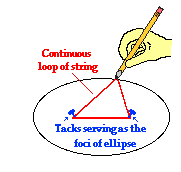 constructed using a pencil, two tacks, a string, a sheet of paper and a piece of cardboard.
constructed using a pencil, two tacks, a string, a sheet of paper and a piece of cardboard.
Tack the sheet of paper to the cardboard using the two tacks. Then tie the string into a loop and wrap the loop around the two tacks.
Take your pencil and pull the string until the pencil and two tacks make a triangle (see diagram at the right). Then begin to trace out a path with the pencil, keeping the string wrapped tightly around the tacks. The resulting shape will be an ellipse.
An ellipse is a special curve in which the sum of the distances from every point on the curve to two other points is a constant. The two other points (represented here by the tack locations) are known as the foci of the ellipse.
The closer together that these points are, the more closely that the ellipse resembles the shape of a circle. In fact, a circle is the special case of an ellipse in which the two foci are at the same location. Kepler’s first law is rather simple – all planets orbit the sun in a path that resembles an ellipse, with the sun being located at one of the foci of that ellipse.
The Law of Equal Areas
Kepler’s second law – sometimes referred to as the law of equal areas – describes the speed at which any given planet will move while orbiting the sun.
The speed at which any planet moves through space is constantly changing. A planet moves fastest when it is closest to the sun and slowest when it is furthest from the sun. Yet, if an imaginary line were drawn from the center of the planet to the center of the sun, that line would sweep out the same area in equal periods of time. For instance, if an imaginary line were drawn from the earth to the sun, then the area swept out by the line in every 31-day month would be the same.
This is depicted in the diagram below. As can be observed in the diagram, the areas formed when the earth is closest to the sun can be approximated as a wide but short triangle; whereas the areas formed when the earth is farthest from the sun can be approximated as a narrow but long triangle. These areas are the same size. Since the base of these triangles are shortest when the earth is farthest from the sun, the earth would have to be moving more slowly in order for this imaginary area to be the same size as when the earth is closest to the sun.
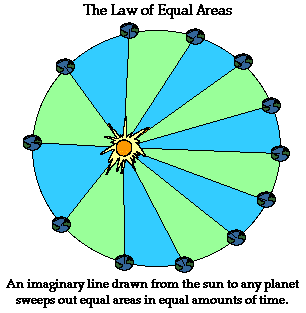
Ellipses – Kepler’s Laws of Planetary Motion
Lab #7:
Doppler Effect
Video #1:
Video #2:
Link to Lab Activity – National Aeronautics & Space Admin
Doppler Effect: Youtube – car horn
Lab #8:
Stars & Spectroscopy: Student Lab Sheet
 Loading...
Loading...
 Loading...
Loading...
HR Diagram – Student Guide
Student Lab Sheet
 Loading...
Loading...
Hertzsprung-Russell Diagram
Student Lab: HR Diagrams Tutorial
Lab #9:
Seeing the Reason for the Seasons
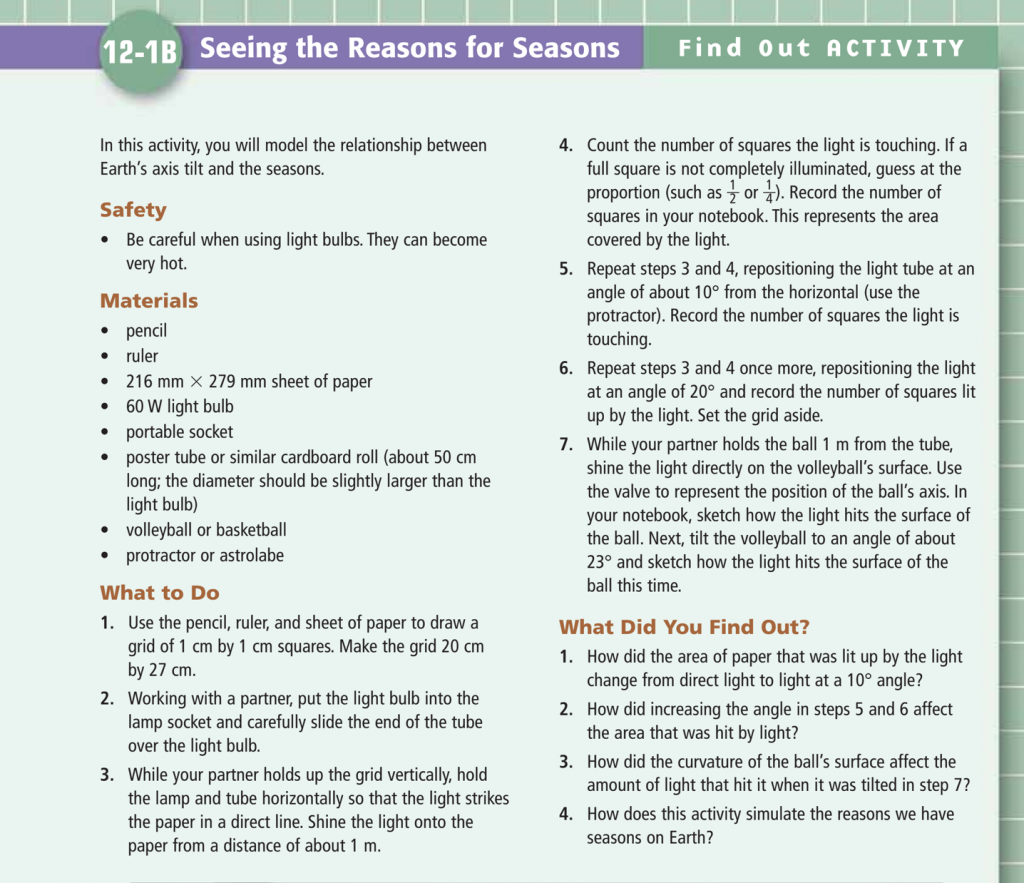
Complete the following activity to help understand and explain the seasons
 Loading...
Loading...
Lab #10: Oral Narratives
Learn about oral traditions
Sky Stories_Prepared by M. Grenier


